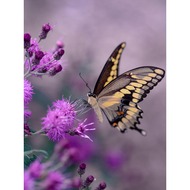Mosquito! How Can We Ensure Health For All From Mosquito-borne Diseases?
(View Complete Item Description)Mosquito! is a freely available community research guide developed by the Smithsonian Science Education Center (SSEC) in partnership with the InterAcademy Partnership as part of the Smithsonian Science for Global Goals project. These Smithsonian Science for Global Goals community research guides use the United Nations Sustainable Development Goals (SDGs) as a framework to focus on sustainable actions that are defined and implemented by students. Mosquito! is a module broken up into seven parts. Each part contains a series of tasks to complete. Each task contains additional resources to support that task. We have provided a suggested order for the parts and tasks. However, the structure of the guide hopefully allows you to customize your learning experience by selecting which parts, tasks, and resources you would like to utilize and in what order you would like to complete them.
Material Type: Lesson, Lesson Plan, Unit of Study




















